The Front Porch
If the Southern short story has a birthplace, it’s surely the front porch. Not any specific porch, mind you, but the great multitude of porches fronting mountain cabins, riverside mansions, and country stores alike, all of them fostering, over time, the ideal conditions for storytelling: comfort, unhurriedness, idleness, breezes worth shooting. “Where else in our huge national store of fictional life,” Reynolds Price once asked in an essay, “can we find a comparable crystallization of human feeling in a single feature of house-and-home?”

So where else, then, to settle in with the season’s best new collections of short fiction?
Rangy, wise, and unpredictable, If I Had Two Wings is Randall Kenan’s first collection since 1992’s groundbreaking Let the Dead Bury Their Dead. Surprises lurk in almost every story. Howard Hughes shows up at a family’s front door; a ghost emerges during the renovation of an antebellum house. In “Now Why Come That Is?,” a rusty razorback hog (“a stalking ham”) haunts a man named Percy Terrell, appearing without warning in Percy’s bedroom, workplace, or the cab of his truck—and visible to no one else, at least for a time. “Every day now, the hog was sure to show,” Kenan writes, with a grin, “and everywhere that Percy went the hog was sure to go.” (One of Kenan’s stories ends with the line “…this would be a great day for pork chops.” But it’s not this story. Kenan, as we said, doesn’t do predictable.)
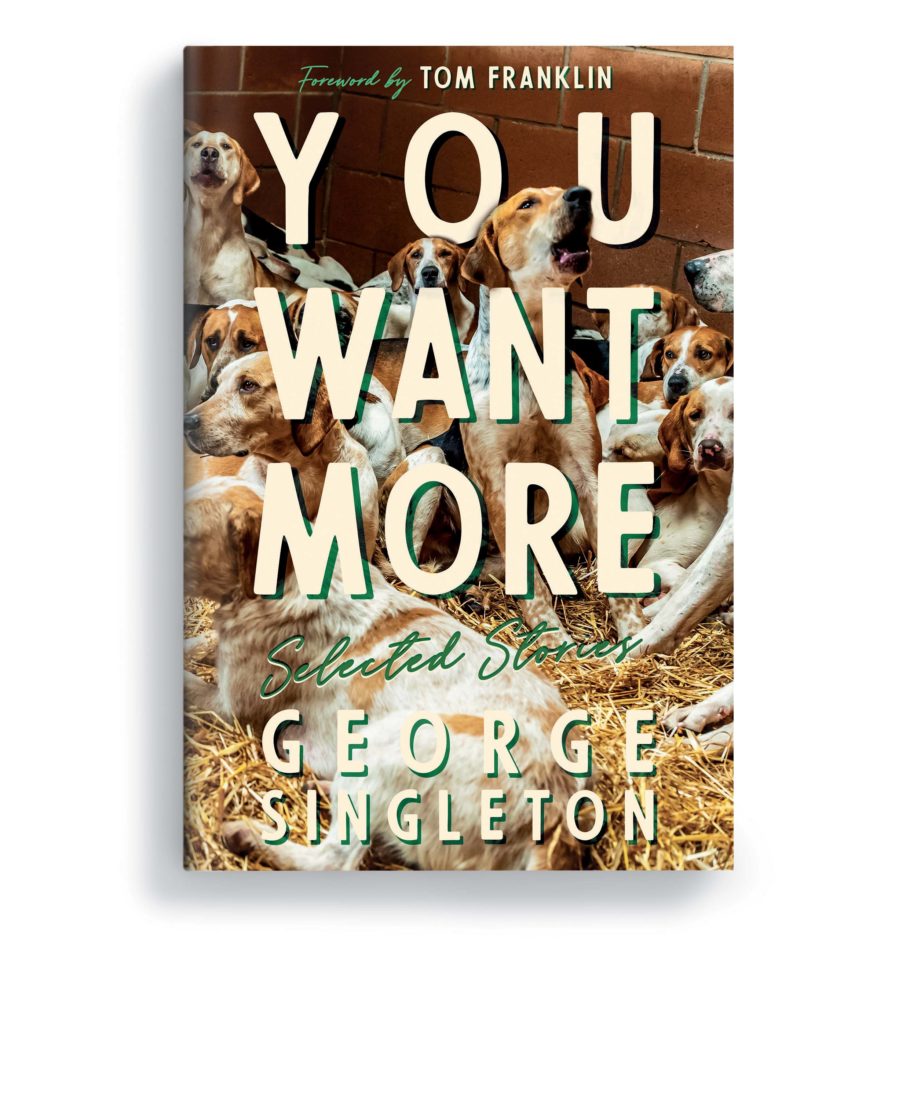
George Singleton’s You Want More: Selected Stories is a greatest-hits album from a writer whose stories are like epic spitballs from the back of the class: high-arcing and unbearably funny protests against the absurdities of contemporary life. Singleton is an heir to Padgett Powell and Lewis Nordan, but his strain of madness—a character snorts habanero powder in a story about caulk—is due its own page in the diagnostic manual.
The Fish Camp
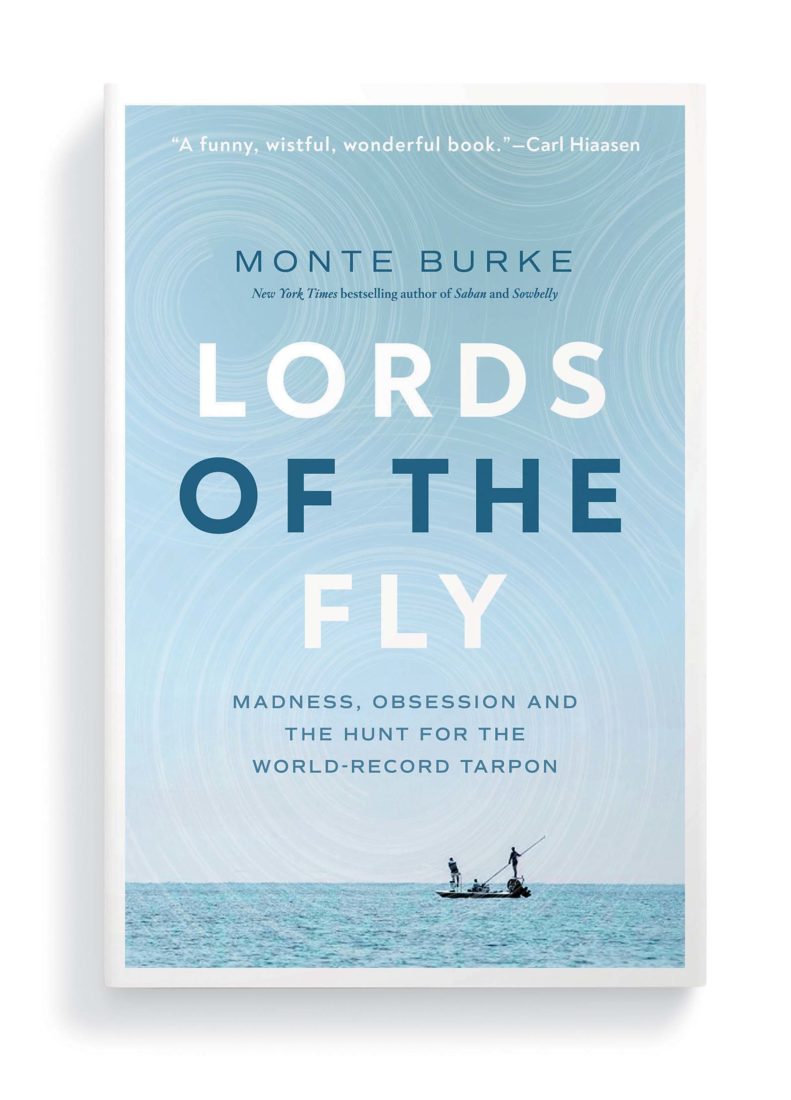
“Fishing—the sport, the pastime, whatever you want to call it—is, in the end, about stories,” Monte Burke writes. The stories in his Lords of the Fly are about tarpon, and they’re great ones: flashy, brawny, and electrifying, just like the tarpon itself. Subtitled Madness, Obsession and the Hunt for the World-Record Tarpon, Burke’s book centers on Homosassa, Florida, in the late seventies and early eighties, when “the best fly anglers and guides in the world at the time all gathered together in the same spot at the same time with the same goal: to break the world record…for the most glamorous and sought-after fly rod species, the tarpon.” The angling stories are epic—imagine poling into a daisy chain of two thousand fish—but Burke (a Garden & Gun contributing editor) keeps equal focus on the human element: the rivalries, foibles, and in some cases the Ahab-esque pathologies of the anglers themselves.
The Kitchen
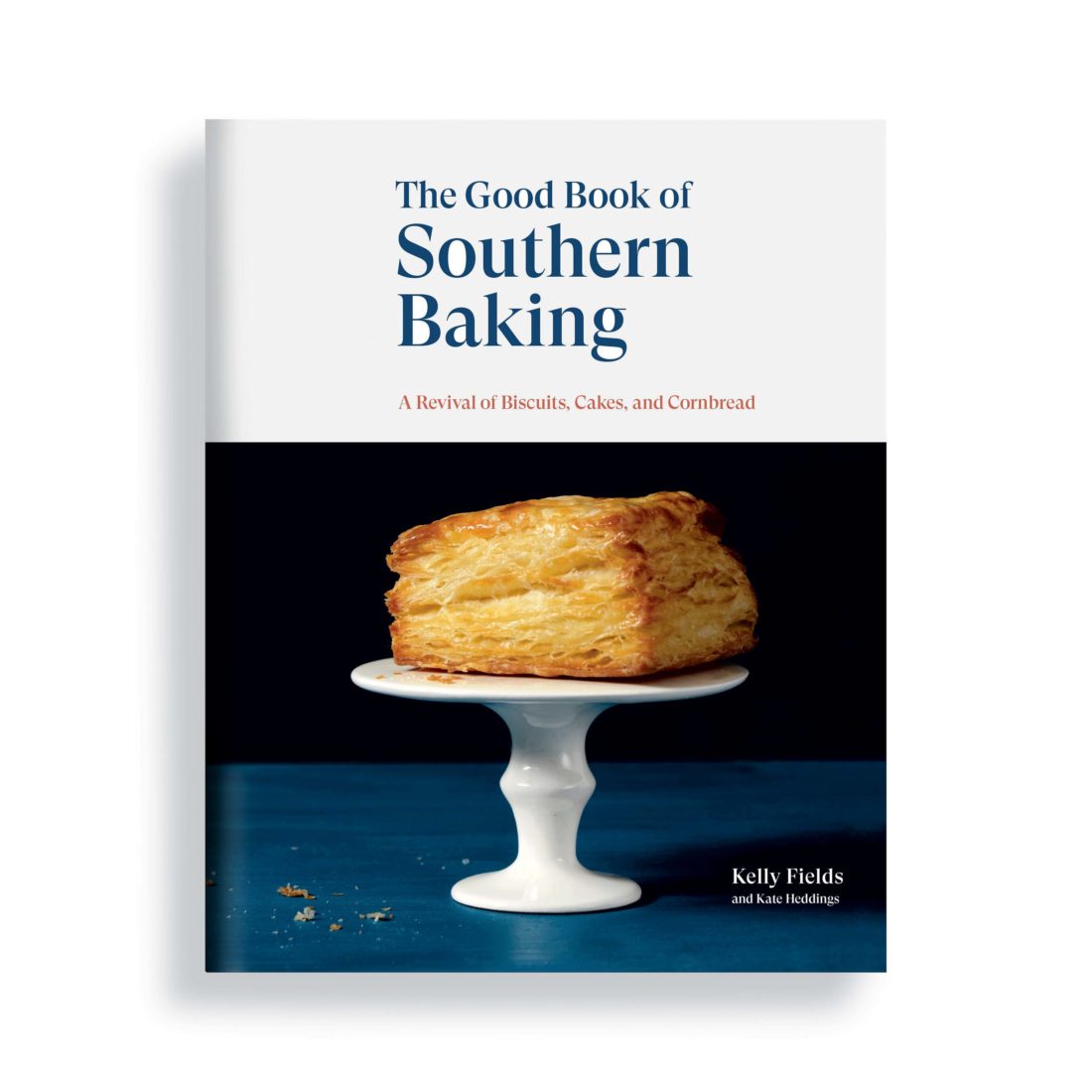
Kelly Fields, the flour-dusted, James Beard Awarded genius behind Willa Jean restaurant and bakery in New Orleans, spent two and a half years working out the recipe for her salted chocolate chip cookies, which, in just five years, have already attained icon status among that city’s fabled foodstuffs. The secret, as Fields reveals in The Good Book of Southern Baking, is two kinds of flour and three(!) kinds of chocolate. Here too is the secret to Fields’s renowned biscuits (Italian-style 00 flour), along with her polished takes on lemon Doberge cake, Sweet Potato and Toasted Honey Marshmallow Pie, and Cornbread Madeleines. “I wrote this book,” she writes, “to bury y’all in cornbread and biscuits.” Consider us buried. See us smile.

The New Orleans native and Mississippi chef John Currence wants to bury us, too—in the rowdy bliss of tailgating. Currence (also a G&G contributing editor) lives in Oxford, Mississippi, where Ole Miss Rebels fans take their pregaming to lavish extremes, so Tailgreat arrives with ample (and hangover-dented) cred. It’s a master class on game-day revelry, with more than 120 recipes, but stadiums—or even sports—aren’t required. Day-Old Croissant and Sausage “Bread Pudding,” Spicy Fried Chicken Buttered Popcorn, and Duck and Tasso Red Bean Cassoulet are events in themselves.
The Bedroom
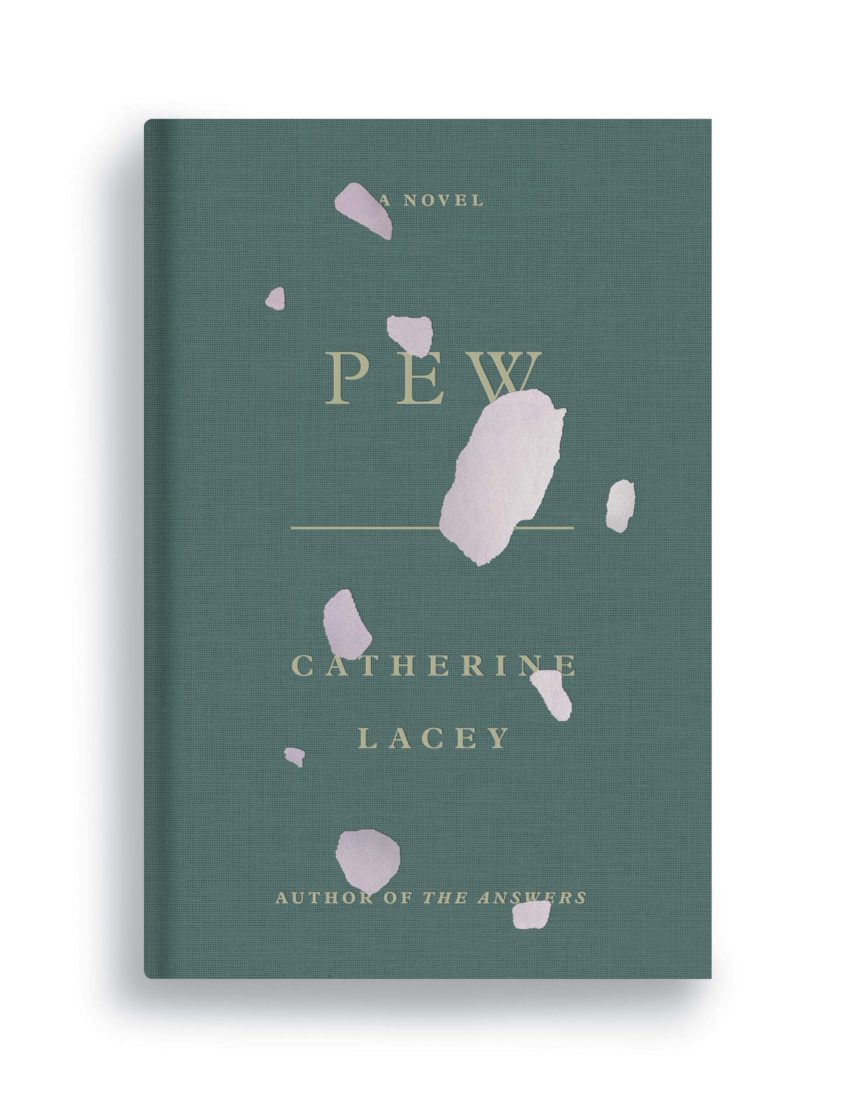
There are only two stories, goes an old saying, in all of literature: someone takes a journey, and a stranger comes to town. Catherine Lacey’s novel Pew takes the latter lane—but with bracing, exhilarating originality. The stranger, called Pew, is discovered sleeping in a church pew (hence the name) in a small Southern town. The stranger’s gender isn’t clear, which is one point of civic consternation. But neither is his or her ethnicity, or age (maybe a teen, maybe older), or, because the stranger refuses to speak, his or her background. Almost immediately, the townsfolk try to fill the void by projecting their fears, desires, bigotries, resentments, and beliefs onto Pew. Yet Lacey’s novel, her third, isn’t merely a parable about identity. The dark, strange vibrations we feel from the townsfolk eventually grow to a shattering quake.
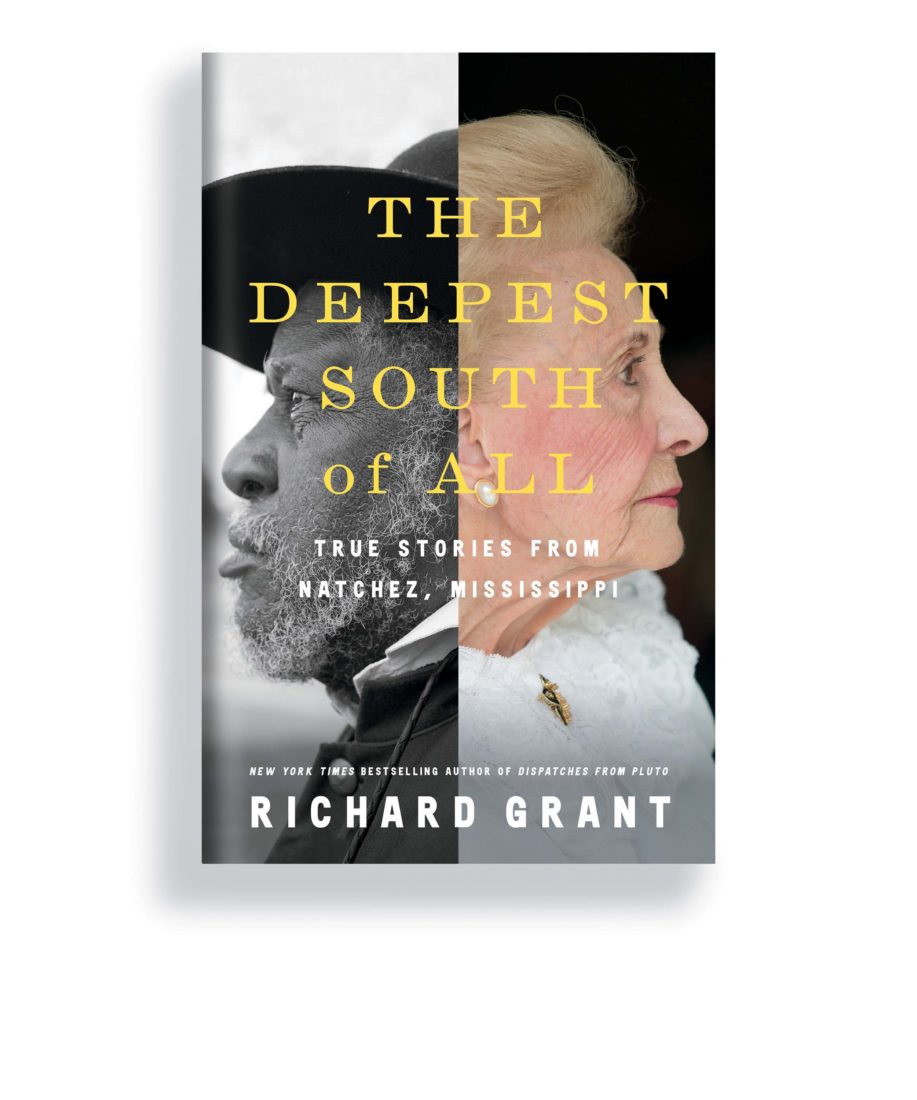
“Stranger comes to town” is as good a synopsis as any for the work of the British-born travel writer Richard Grant, whose books have seen him dropping into East Africa, northern Mexico, and, more recently, the Mississippi Delta (Dispatches from Pluto). In The Deepest South of All, Grant plops himself in the town of Natchez, Mississippi, during its annual Tableaux. He chronicles the antebellum-themed pageant’s organizers’ struggles to keep it relevant—and their deeper conflicts about what it represents—with empathy, skepticism, and exquisitely dry wit. One local’s quip to Grant sums it up perfectly: “This whole town is like a Southern Twin Peaks.”
The Garden

“Oh, I love telling a story,” the prolific novelist and essayist Barbara Kingsolver (The Poisonwood Bible) wrote last year. “But there’s delight in telling a moment.” Telling a moment is Kingsolver’s apt description of what poetry does, and it’s what she does, stunningly, in How to Fly (In Ten Thousand Easy Lessons), her first book of poems since 1992. The first section consists of “how-to” poems—sometimes sly, often moving riffs on how to be married (or divorced), shear sheep, have children, and survive catastrophe. When she trains her eye on nature, though, her language grows ever more vivid: a ghost pipe flower like a “Translucent jewel of ice gleaming from the toes of a forest,” winter marked by the “long evening downslant,” the act of hand weeding like “tearing out the hair of the world.” How to Fly is language and observation at their most succulent, moments seized at their peak of ripeness.
This article appears in the August/September 2020 issue of Garden & Gun. Start your subscription here or give a gift subscription here.







